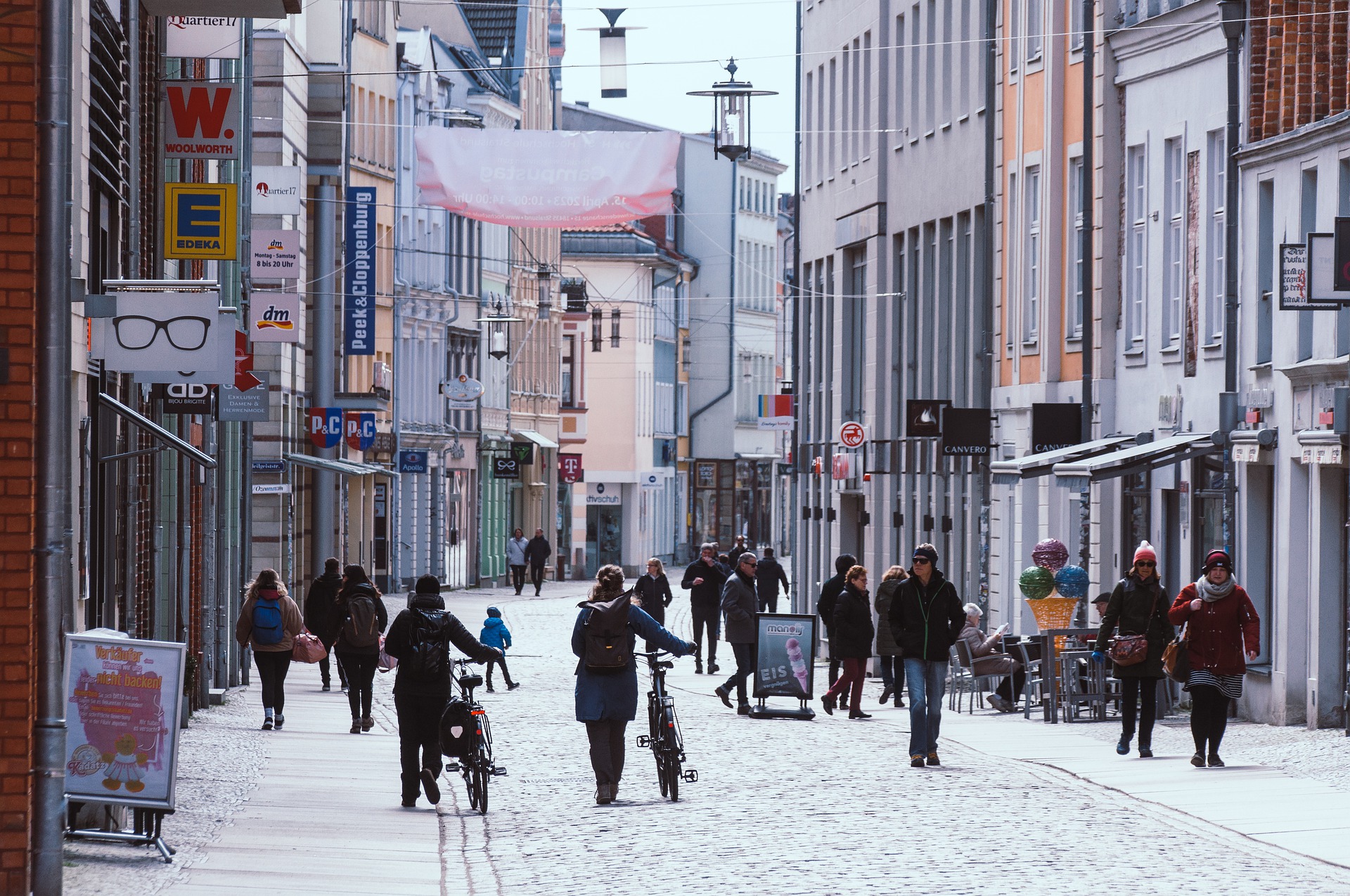Solastalgia: The Emotional Cost of Environmental Change
Climate anxiety's lesser-known cousin, solastalgia, is reshaping our connection to place and identity. This profound psychological distress, born from witnessing environmental degradation in one's home territory, is increasingly recognized as a critical mental health concern. As landscapes transform due to climate change, urbanization, and industrial development, many are left grappling with a sense of loss and displacement—even without physically relocating. Read below to explore this emerging phenomenon and its far-reaching implications for individuals and communities worldwide.

The term combines solace, desolation, and nostalgia, encapsulating the complex emotions tied to witnessing familiar environments transform beyond recognition. As climate change accelerates and human activities continue to reshape landscapes, solastalgia has evolved from a niche academic concept to a widely recognized phenomenon affecting diverse populations globally.
Manifestations Across Cultures and Landscapes
Solastalgia manifests differently across various cultural and geographic contexts. In Arctic communities, indigenous peoples watch as melting permafrost destabilizes traditional hunting grounds and alters age-old migration patterns. Coastal dwellers face the gradual loss of beaches and shorelines to rising sea levels, while urban residents may experience solastalgia as beloved green spaces succumb to concrete jungles.
In Australia, where the concept originated, prolonged droughts have transformed once-lush farmlands into barren wastelands, profoundly impacting rural communities’ sense of place and purpose. Similarly, in the Amazon rainforest, indigenous tribes grapple with the loss of ancestral lands to deforestation, experiencing not just ecological devastation but a severance from their cultural roots and spiritual practices.
These diverse manifestations highlight solastalgia’s universal nature—a shared human experience of loss and disconnection as familiar environments change beyond recognition.
Psychological and Social Implications
The psychological toll of solastalgia extends far beyond mere sadness or nostalgia. Research indicates that individuals experiencing solastalgia often report symptoms similar to those of clinical depression, including feelings of hopelessness, anxiety, and a pervasive sense of grief. This emotional distress can lead to decreased productivity, strained relationships, and a diminished sense of community cohesion.
Moreover, solastalgia challenges our fundamental sense of identity and belonging. As landscapes change, the physical anchors of our memories and cultural narratives erode, leaving many to question their place in a rapidly transforming world. This loss of environmental identity can be particularly acute for indigenous communities and those with deep, multigenerational ties to specific locations.
The social fabric of communities is also at risk, as shared experiences of place-based loss can either unite people in collective mourning or drive wedges between those who adapt differently to change. In some cases, solastalgia has sparked grassroots environmental movements, channeling grief into action. However, it can also lead to social withdrawal and a breakdown of community bonds, especially when individuals feel powerless to prevent or reverse environmental degradation.
Coping Strategies and Resilience Building
As awareness of solastalgia grows, so too do efforts to develop coping strategies and build resilience. Mental health professionals are increasingly incorporating eco-psychology principles into their practice, recognizing the intrinsic link between environmental and psychological well-being. Community-based interventions, such as collective storytelling and place-making initiatives, have shown promise in helping individuals process their grief and reforge connections to changing landscapes.
Environmental education plays a crucial role in building resilience against solastalgia. By fostering a deeper understanding of ecological processes and the interconnectedness of human and natural systems, individuals can develop a more adaptive relationship with their changing environment. This knowledge can transform feelings of helplessness into empowerment, encouraging proactive engagement in conservation and restoration efforts.
Additionally, the concept of topophilia—the love of place—is being explored as an antidote to solastalgia. By actively cultivating positive attachments to new or altered environments, individuals and communities can mitigate the sense of loss and create fresh narratives of belonging. This might involve participating in habitat restoration projects, creating community gardens, or engaging in cultural practices that celebrate the evolving relationship between people and place.
Future Perspectives and Global Implications
As global environmental changes accelerate, solastalgia is likely to become an increasingly prevalent phenomenon. This raises important questions about the future of human-environment relationships and the need for new frameworks to support mental health in the face of ecological crisis.
The recognition of solastalgia as a legitimate mental health concern could lead to its inclusion in diagnostic manuals and the development of targeted therapeutic interventions. This medicalization, while potentially beneficial for individual treatment, also risks overshadowing the broader societal and political dimensions of environmental distress.
From a policy perspective, acknowledging solastalgia challenges decision-makers to consider the psychological impacts of environmental policies and development projects. This could lead to more holistic approaches to urban planning, conservation, and climate adaptation strategies that prioritize not just physical resilience but also the emotional well-being of affected communities.
As we navigate an era of unprecedented environmental change, understanding and addressing solastalgia becomes crucial for maintaining individual and collective mental health. By recognizing the profound connections between place, identity, and well-being, we can work towards creating more resilient communities capable of adapting to and finding meaning in our changing world.





